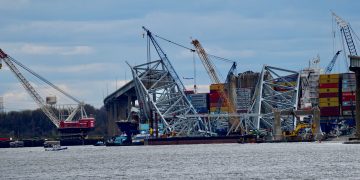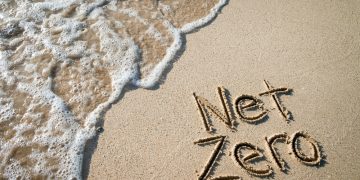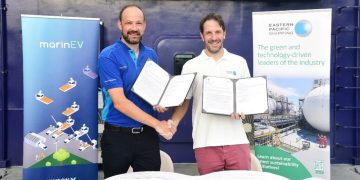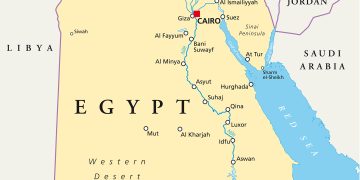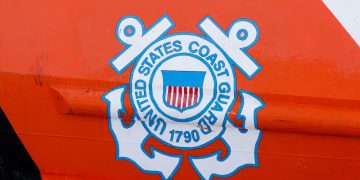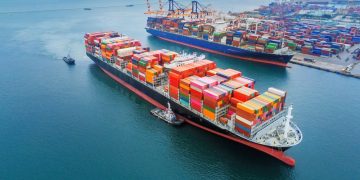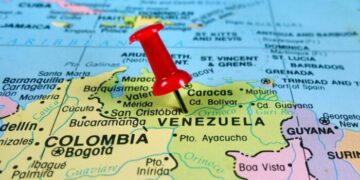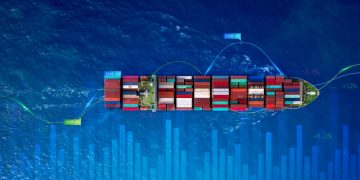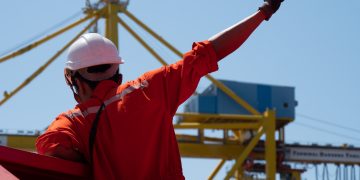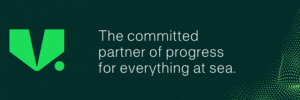Top 10 facts about the International Ice Patrol
Are icebergs really still a danger? 1. When was the International Ice Patrol formed?Shipping areas in the North Atlantic have always been hazardous to navigate. The hazards of the North Atlantic captured global attention in April 1912 when the RMS Titanic sank after it struck an iceberg. The incident prompted maritime nations with ships transiting the Grand Banks off Newfoundland, Canada, to establish an iceberg patrol in the area. Since 1913, the U.S. Coast Guard has been tasked with the management and operation of the patrol. Except for the years of World Wars I and II, the ice patrol has been active each ice season since its inception.2. What are the specific duties of the ice patrol?Their mission is to monitor the iceberg danger near the Grand Banks of Newfoundland and provide the iceberg limit to the maritime community, including ice and current conditions.3. Who makes up the ice patrol?The ice patrol is a U.S. Coast Guard unit however the Canadian Ice Service, ice patrol and U.S. National Ice Center collaborate under the North American Ice Service. The ice patrol produces North American Ice service reports from February through July when icebergs may be present on the Grand Banks and ...
Read more





